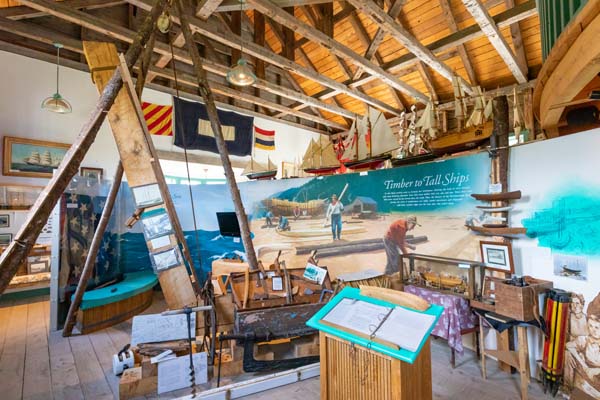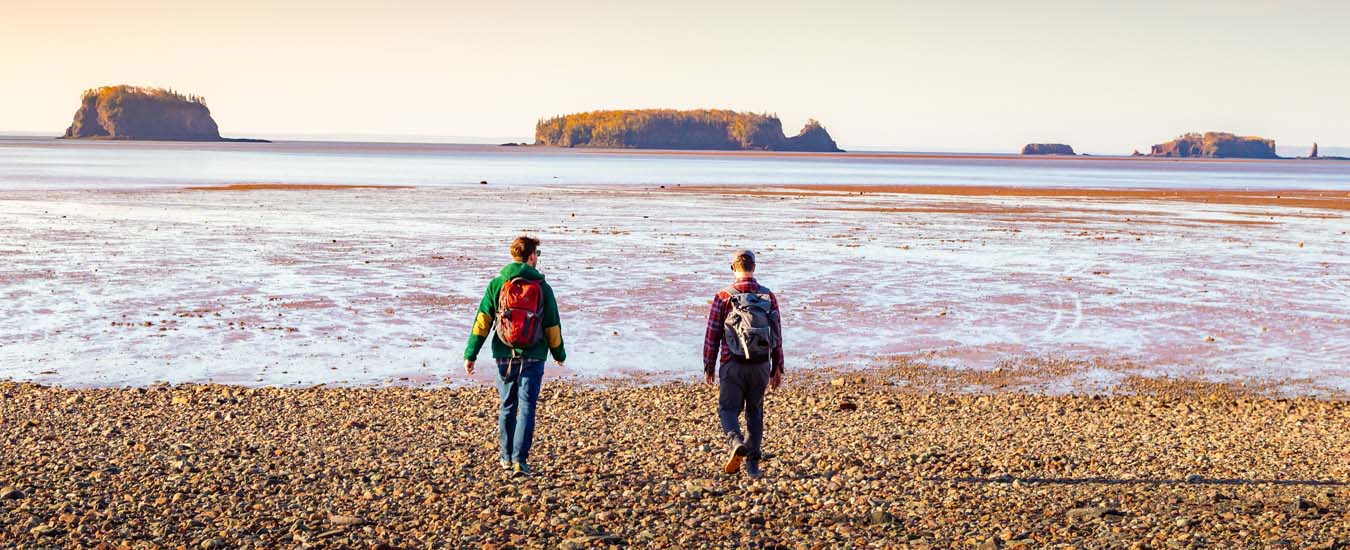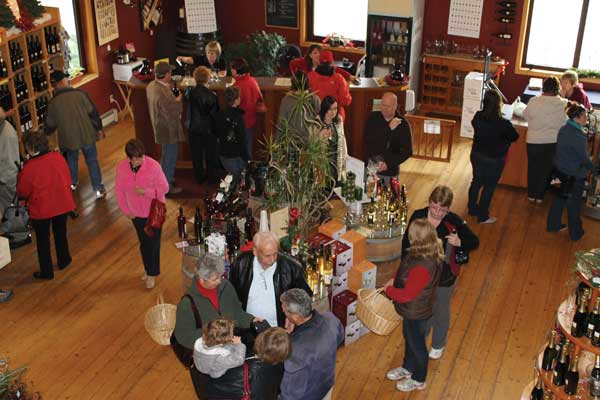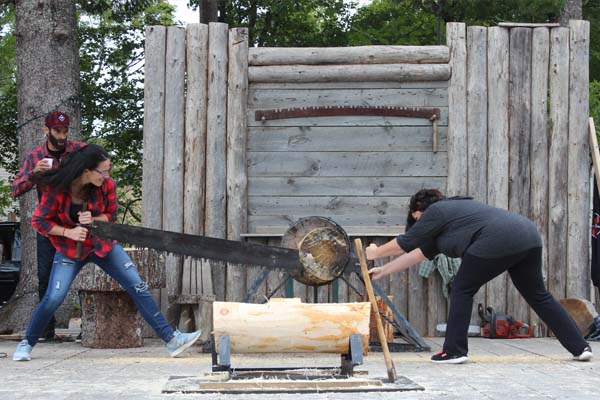Countless reasons to visit
When I heard that Nova Scotia’s “Cliffs of Fundy” located along the shores connecting the counties of Colchester and Cumberland had been designated as a UNESCO Global Geopark, I thought, “That’s nice”—not knowing what this actually meant.
A Google search provided lots of information, including this: “UNESCO Geoparks reconnect humanity with the Earth in a time when understanding the importance of this connection has never been more pressing.” As this piqued my interest, I planned a three-day visit last year to explore the Geopark and its 30 Geosites located between Debert and Eatonville.
This year, I’ll return for a week. Why? For starters, last time I had the good fortune to meet Gerald Gloade, a Mi’kmaw educator and artist. Gerald introduced me to the Indigenous storyline of the Mi’kmaq who’ve lived along these shores for more than 11,000 years.
Gerald told me stories about the legendary hero-figure Glooscap, who was created from three bolts of lightning. “The first strike gave him the shape of a man. The second strike brought him to life, but he was still connected to the land and could not move. The final bolt of lightning set him free.” The storyteller then added that the Mi’kmaw were created from the soil of the Bay of Fundy, “And that’s why our skin is the colour of the Bay of Fundy mud.”

Age of Sail Museum. Photo credit Tourism Nova Scotia / Acorn Art Photography
After a short pause, he asked, “Have you heard about Glooscap’s grandmother who lives at Partridge Island, and her magic pot?” I had not, so he explained how twice a day before high tide, the shoreline along the spit of land that connects Parrsboro shore to Partridge Island comes alive with bubbles. “This is Grandmother stirring her pot of moose stew. She always fed people and when she cut off a piece of moose, it would just grow back.” Lucky for me, there was a high tide the following day at 8 pm so I showed up at 6 pm and sure enough, the shoreline bubbled and boiled. It was both mystical and mesmerizing.
Other highlights of my trip included hiking down a slot canyon with Laurie and Cindy Currie (Local Guy Adventures), finding the old “beehive” coke ovens that were part of the Londonderry Iron Mines (thanks to the help of a local); spending time at the Age of Sail Museum at Wards Brook, and getting hopelessly lost trying to find Economy Falls. Spare yourself some trouble and turn right when you see a sign that says Kenomee. The falls are located in the Kenomee Wilderness Area and trail system.
There are photo ops around every bend in the Geopark, including the majestic diamond-shaped red sandstone designs in the cliffs at Five Islands Park, and the famous “flowerpot” seastacks and caves at Soley Cove.
Looking for great food? Check. Amazing museums and theatre productions? Check. Hiking, paddling and cycling adventures? Check. Be sure to allow time for chance meetings with the locals; they love to share stories about their communities. It’s quite possible that you’ll likely end up at their kitchen table having tea and cookies.
Small village—big story
What does Joggins Fossil Cliffs in Nova Scotia have in common with places such as the Taj Mahal, the Pyramids, and the Galápagos Islands? They are all designated as UNESCO World Heritage Sites.
It still amazes me how such a small place can have such a colossal story. Although I’ve visited Joggins four times over several years, the wow factor continues to increase each time. It’s hard to believe that more than 300 million years ago, ferns grew as tall as trees, dragonflies had three-foot wingspans, and fish were the size of crocodiles. All this was discovered in Joggins, including the fossilized bones of Hylonomus lyelli—a reptile that lived there 100 million years before dinosaurs!
The numerous displays inside the centre are educational, and also fun. Be sure to watch the short, animated video featuring Hylonomus in the cozy theatre. If you have a chance to sign up for a tour along the seafloor close to the cliffs—especially a two-hour (or longer) walk-about with Dana Brown—do so. He has stories galore and loves to share his knowledge. Should you be there after hours or off-season, get in touch with Brian Hebert, another fount of information. Brian owns Fundy Treasures Gifts & Tours in Joggins, and also gives tours in the Parrsboro area.
Mercifully, you won’t find any big box stores or fast-food joints in the region. Nor will you get tied up in traffic jams—unless you encounter a flock of ducks in the middle of the road close to the Maccan Tidal Wetlands Trail, on the outskirts of town. For a short scenic drive, make the loop from Joggins along the Hard Scrabble Road into Lower Cove, up to Mill Creek and into Minudie—a tiny Acadian village with a whopping big celebration every summer, and one of the most interesting cemeteries I’ve ever seen.
Looking for a place to stay? My first choice is Joggins Mud Inn. Mind you, it’s the only choice in the village, but believe me, you can’t go wrong booking a room with Bridget Michels. Besides knowing everyone and everything there is to know in Joggins, Bridget whips up some extraordinary breakfasts. Bonus: she loves to share her recipes



